Related Research Articles

Christian Gottfried Ehrenberg was a German naturalist, zoologist, botanist, comparative anatomist, geologist, and microscopist. He is considered to be one of the most famous and productive scientists of his time.

Aimé Jacques Alexandre Bonpland was a French explorer and botanist who traveled with Alexander von Humboldt in Latin America from 1799 to 1804. He co-authored volumes of the scientific results of their expedition.
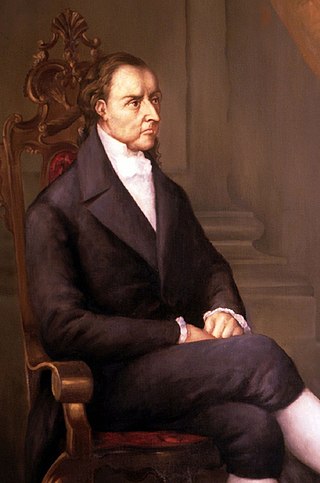
José Gaspar Rodríguez de Francia y Velasco was a Paraguayan lawyer and politician, and the first dictator (1814–1840) of Paraguay following its 1811 independence from the Spanish Viceroyalty of the Río de la Plata. His official title was "Supreme and Perpetual Dictator of Paraguay", but he was popularly known as El Supremo.

Martin H[e]inrich Carl Lichtenstein was a German physician, explorer, botanist and zoologist. He explored parts of southern Africa and collected natural history specimens extensively and many new species were described from his collections by European scientists.
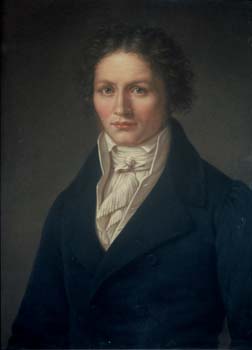
Johann Baptist Ritter von Spix was a German biologist. From his expedition to Brazil, he brought to Germany a large variety of specimens of plants, insects, mammals, birds, amphibians and fish. They constitute an important basis for today's National Zoological Collection in Munich. Numerous examples of his ethnographic collections, such as dance masks and the like, are now part of the collection of the Museum of Ethnography in Munich.

Josef (Joseph) August Schultes was an Austrian botanist and professor from Vienna. Together with Johann Jacob Roemer (1763–1819), he published the 16th edition of Linnaeus' Systema Vegetabilium. In 1821, he was elected a foreign member of the Royal Swedish Academy of Sciences. He was the father of Julius Hermann Schultes (1804–1840).
Toussaint von Charpentier was a German geologist and entomologist.

The Peters's epauletted fruit bat is a species of megabat in the family Pteropodidae. It is found in Angola, Botswana, Democratic Republic of the Congo, Eswatini, Malawi, Mozambique, Namibia, Tanzania, Zambia, and Zimbabwe. Its natural habitat is in riverine or evergreen forest, or moist woodland, where there are fruit-bearing trees.
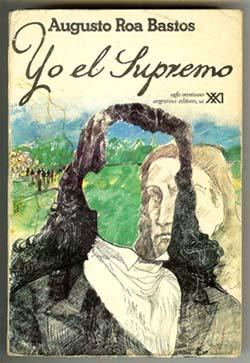
I, the Supreme is a historical novel written by exiled Paraguayan author Augusto Roa Bastos. It is a fictionalized account of the nineteenth-century Paraguayan dictator José Gaspar Rodríguez de Francia, who was also known as "Dr. Francia." The book's title derives from the fact that Francia referred to himself as "El Supremo" or "the Supreme." The first in a long line of dictators, the Supreme was a severe, calculating despot. The central themes of the novel are power and language and the relation between the two. The Supreme believes himself to be above all power and history: "I don't write history. I make it. I can remake it as I please, adjusting, stressing, enriching its meaning and truth." Yet this assertion is constantly challenged by the very fact that while he achieves power by means of writing and dictating, these very same methods can be used by others to dispute his authority. Not even his own identity, represented by the personal pronoun I, is safe and can easily be usurped as is demonstrated by the incident of the pasquinade. Language, as powerful as it is, can never be controlled and can just as easily be used as an instrument of coercion as an instrument of resistance.
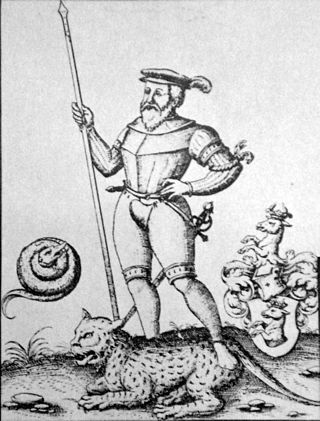
Ulrich Schmidl or Schmidel was a German Landsknecht, conquistador, explorer, chronicler, and councilman. Schmidl was, beside Hans Staden, one of the few Landsknechts who wrote down their experiences of travel in the New World.
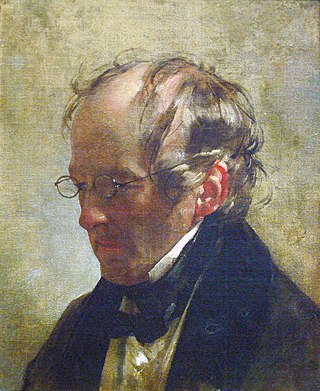
Carl Christian Vogel von Vogelstein, born Vogel, was a German painter.
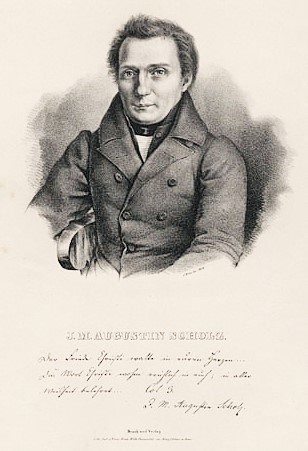
Johann Martin Augustin Scholz was a German Roman Catholic orientalist, biblical scholar and academic theologian. He was a professor at the University of Bonn and travelled extensively throughout Europe and the Near East in order to locate manuscripts of the New Testament.

Friedrich August Ludwig Thienemann was a German physician and naturalist.
Josef Anton Henne was a Swiss historian and politician active during the formative phase of the modern Swiss state.

Alexander Gustav von Schrenk was a Baltic German-Russian naturalist born near Tula in what was then the Russian Empire. He was a brother to zoologist Leopold von Schrenck (1826–1894).
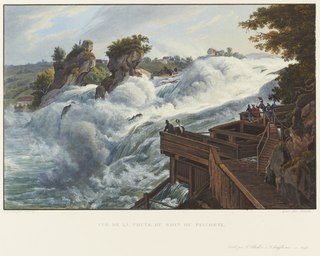
Egidius Federle was a German landscape painter and illustrator.
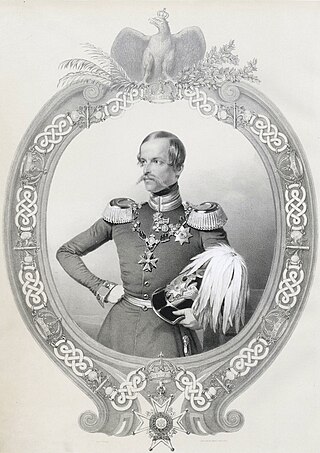
Werner Friedrich Hoffmeister was a German physician and botanist. He accompanied his childhood friend, Prince Friedrich Wilhelm Waldemar of Prussia,, son of Prince Wilhelm of Prussia (1783–1851), as a personal physician on an expedition 1845-46 to India and was fatally hit by a bullet in a skirmish with the Sikhs.

Marie Therese Forster was a German educator, writer, correspondent and editor. Born in Vilnius in the Polish–Lithuanian Commonwealth to Georg Forster and his wife Therese, she spent her early childhood in Mainz. Her father was active in the revolutionary Republic of Mainz, and she and her mother fled the city in late 1792. After her father's death, she was raised by her mother and stepfather Ludwig Ferdinand Huber. From 1801 to 1805, Forster lived with Dutch-Swiss writer Isabelle de Charrière and collaborated with her on an epistolary novel. Until 1826, she worked as a teacher and educator, first at Philipp Emanuel von Fellenberg's school in Hofwil and then for several upper-class families. After her mother's 1829 death, she lived with family and educated her nieces and nephews. From 1840, she collaborated with Georg Gottfried Gervinus on the first complete edition of her father's works, which were published by Brockhaus in 1843. Therese Forster spent her later years with her niece and died in Albisheim aged 75.
Johann Josef Scotti was a Prussian civil servant, publisher and writer.
References
- 1 2 3 Rengger, Johann Rudolph (1835). Reise nach Paraguay in den Jahren 1818 bis 1826 (in German). BoD – Books on Demand. ISBN 9783845712567.
- ↑ Kropotkine, Pierre (2015-11-09). De Darwin à Lamarck: Kropotkine biologiste (1910-1919) (in French). ENS Éditions. ISBN 9782847886887.
- ↑ Rengger, Johann Rudolph (1817). "Physiologische Untersuchungen über die thierische Haushaltung der Insecten". Tübingen: H. Laupp.
{{cite journal}}: Cite journal requires|journal=(help) - ↑ Rengger, Johann Rudolph (1830). "Naturgeschichte der Saeugethiere von Paraguay". Supplementary material in Darwin's copy. Basel: Schweighauser.
{{cite journal}}: Cite journal requires|journal=(help) - 1 2 3 4 Albert Schumann (1889), "Rengger, Johann Rudolf", Allgemeine Deutsche Biographie (in German), vol. 28, Leipzig: Duncker & Humblot, pp. 220–222
- ↑ . Encyclopædia Britannica . Vol. 4 (9th ed.). New York: Charles Scribner's Sons. 1878. p. 36.
- ↑ Spotorno, Angel E.; Patton, James L. (2015-03-09). "Superfamily Chinchilloidea Bennett, 1833". In Patton, James L.; Pardiñas, Ulyses F. J.; D’Elía, Guillermo (eds.). Mammals of South America, Volume 2: Rodents. University of Chicago Press. p. 780. ISBN 9780226169606.